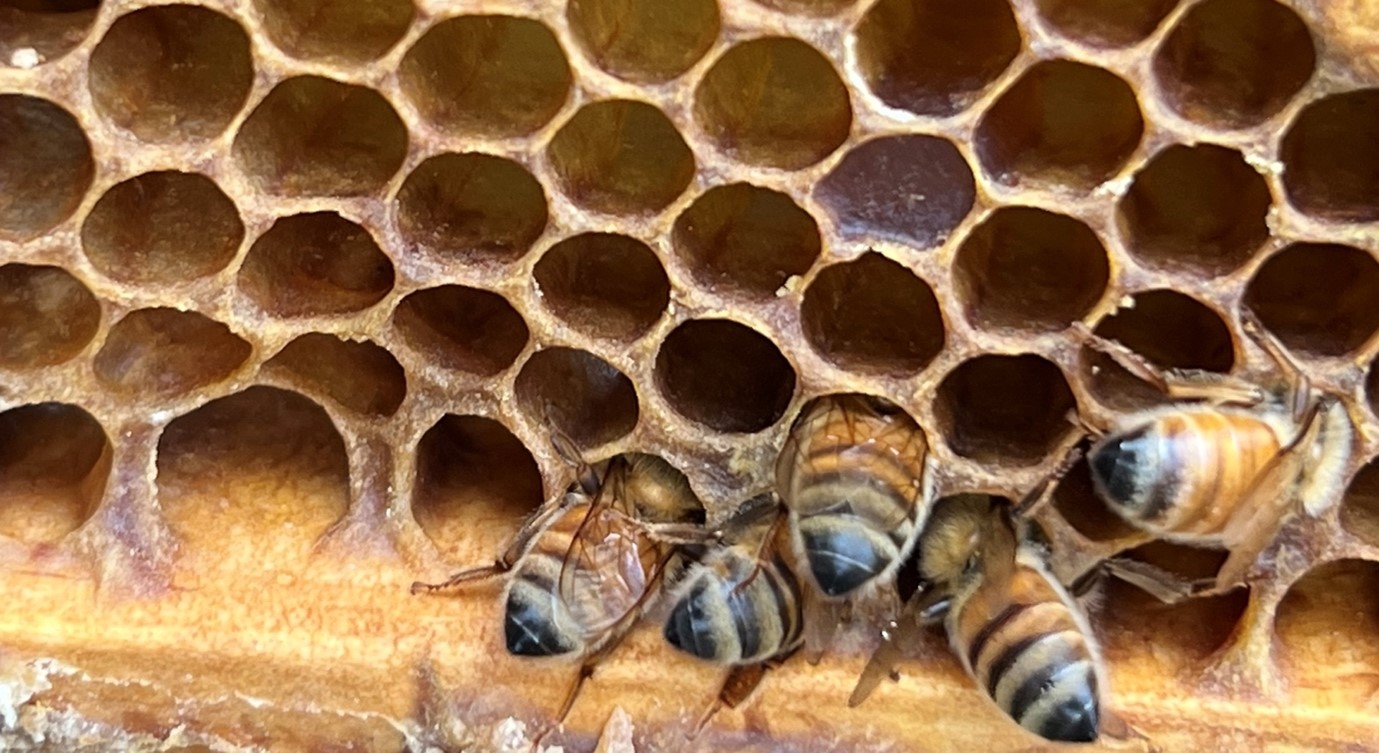Contact us
- Mary Whitehouse
- E: mary.whitehouse@mq.edu.au
Helping Australia defend itself against the impact of Varroa mite on pollination of horticultural crops and honey production.

The overall objective of this project is to catalogue and critically review innovations in detection methods and emerging biological and cultural control methods for the Varroa mite (Varroa destructor). This has become critically important now that the Varroa mite has become established in New South Wales and will likely soon spread throughout Australia.
The aim is to identify those methods most congruent with the Australian context but requiring further development. Unfortunately, in other countries there have been challenges and barriers to the uptake of detection and control methods. The project will identify key learnings from these setbacks and explore ways to enhance uptake and improve efficacy in Australia. For example, the efficacy of a control method can be affected by the scale of the beekeeping enterprise, and context in which the control method is used. Integrated Pest Management (IPM) approaches may provide an effective context for biological and cultural control methods. Therefore, the project will explore an IPM approach to support the efficacy of control methods by consulting with industry and incorporating lessons learned from previous failures in technology uptake. It is identifying novel methods that can be further developed to assist Australia defend itself against the impact of Varroa mite on pollination of horticultural crops and honey production.
Funding: Horticulture Innovation Australia
Partners: New South Wales Department of Primary Industries; Western Australian Museum; Plant & Food Research New Zealand; Texas A&M AgriLife Research.
Contact: Mary Whitehouse, mary.whitehouse@mq.edu.au